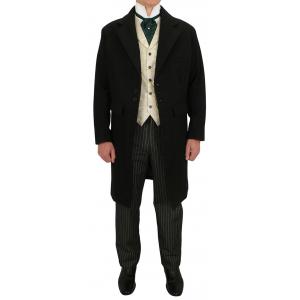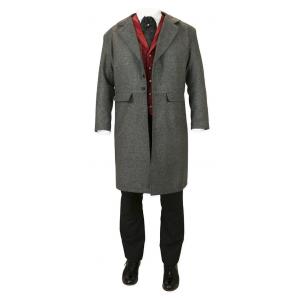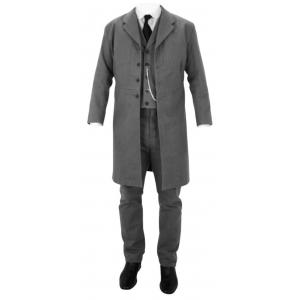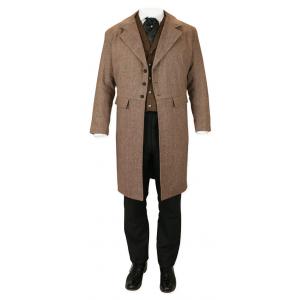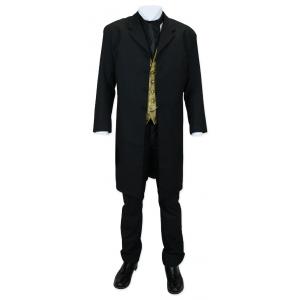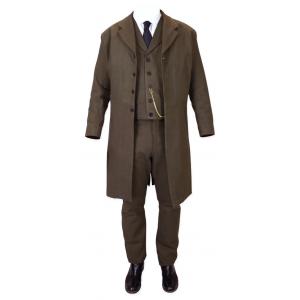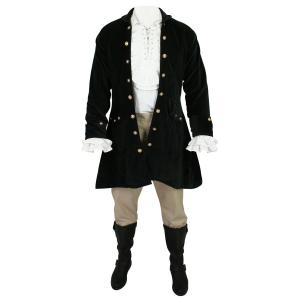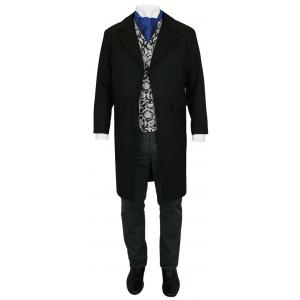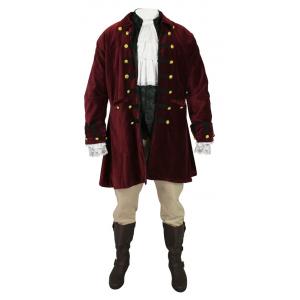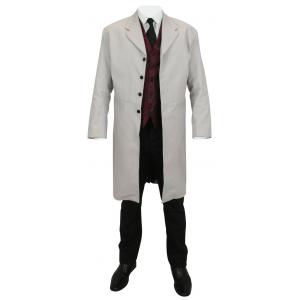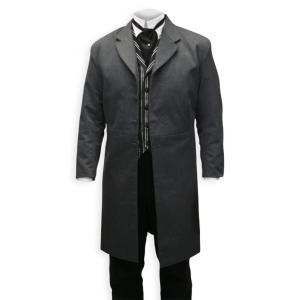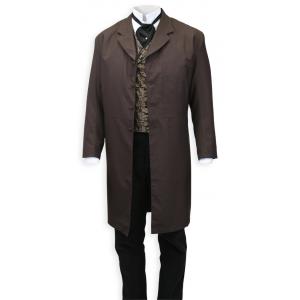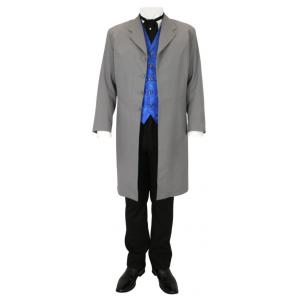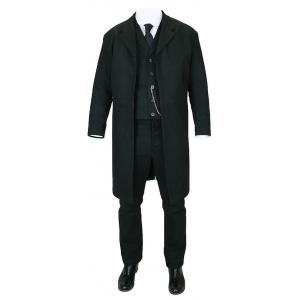Prices and Availability Subject to Change. Please call 800-997-4311 for more Information.
16 results
Frock Coats Q&A
Why is it called a frock coat?
The term "frock coat" derives from the French "frac," a loose-fitting garment worn by working men in the 18th century. As it evolved into formal wear, the name persisted despite its transformation into a fitted, knee-length coat. The word "frock" originally referred to a loose, long garment worn by monks and later came to describe various types of clothing before becoming specifically associated with this gentleman's coat.
Who wore frock coats?
Frock coats were worn by respectable gentlemen across the social spectrum during the 19th century, from middle-class businessmen to aristocracy and royalty. They were standard attire for doctors, lawyers, politicians, clergymen, and businessmen. Notable wearers included Abraham Lincoln, Charles Dickens, Otto von Bismarck, and Prince Albert, with the style becoming synonymous with Victorian male respectability and professional status.
Is frock old fashioned?
The frock coat became obsolete as everyday wear by the early 20th century, replaced by the shorter lounge suit around 1910-1920. While considered definitively old-fashioned today, it has occasionally seen brief revivals in high fashion and remains in use for certain traditional formal occasions, particularly in Britain. It's now primarily seen in historical reenactments, period dramas, formal state occasions, and as part of ceremonial dress for certain institutions.
MORE Q&A





